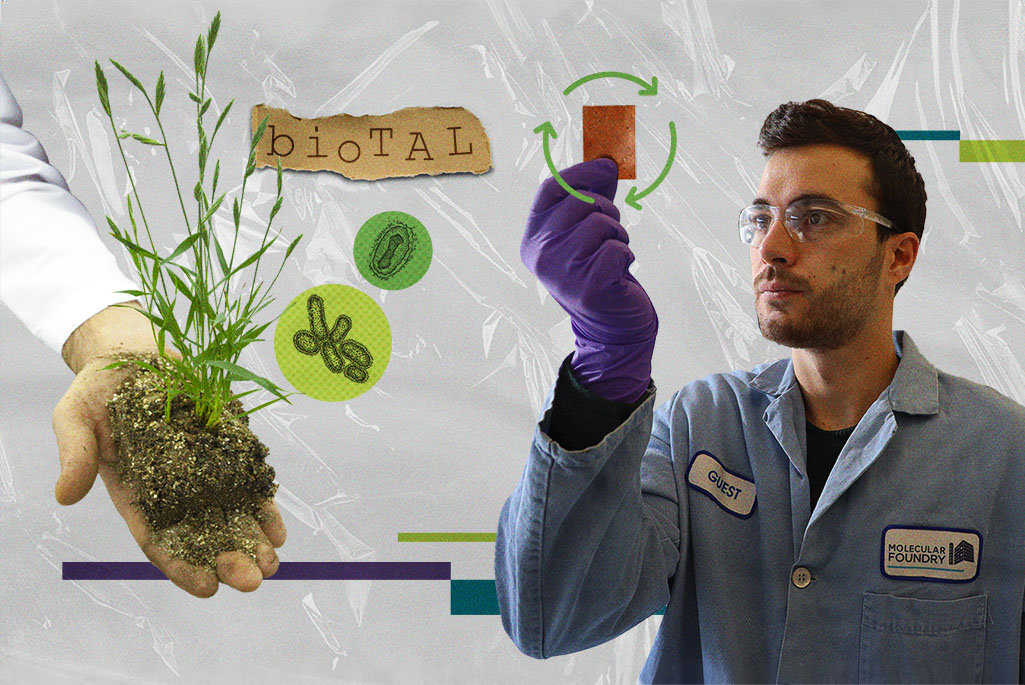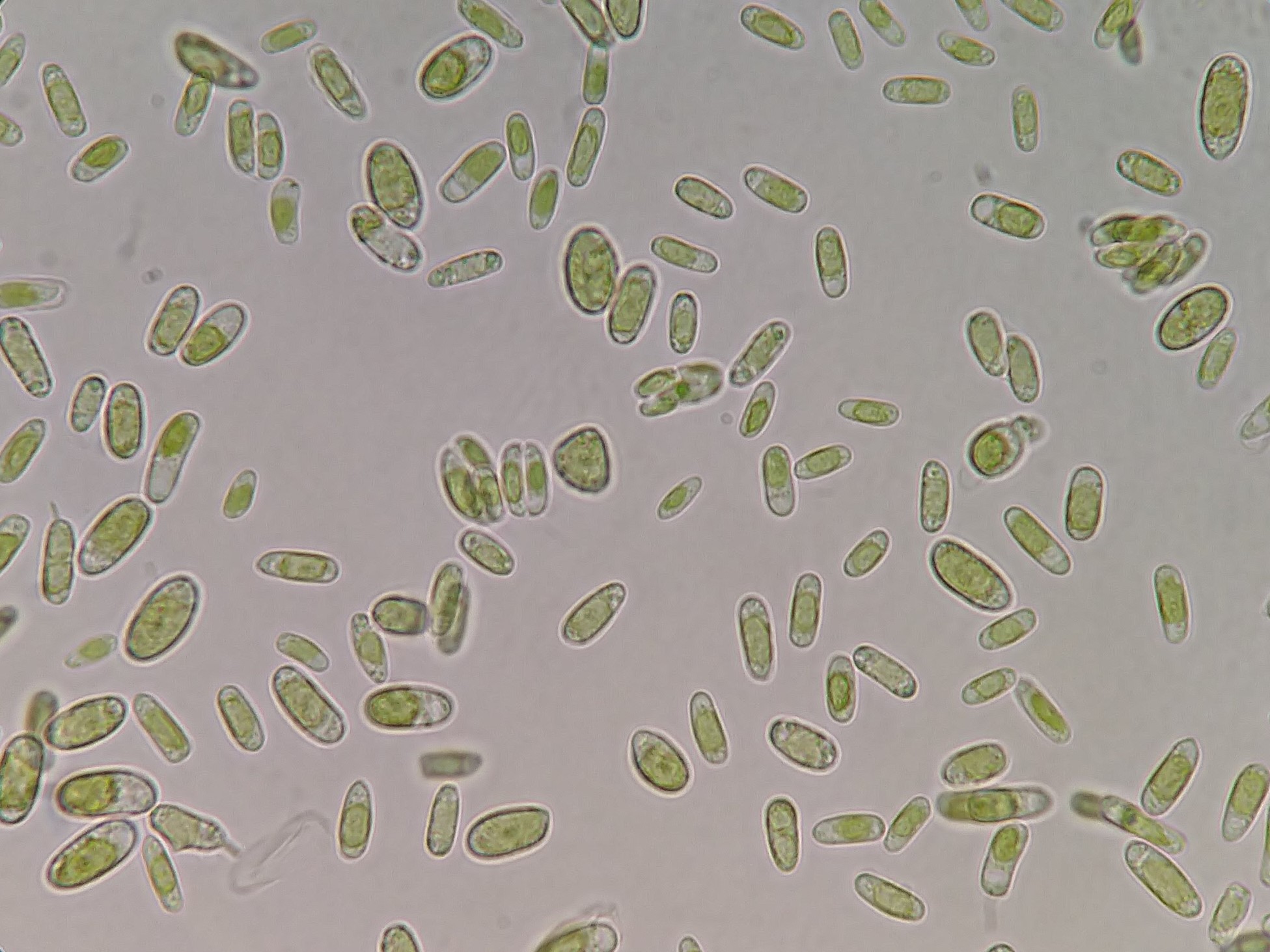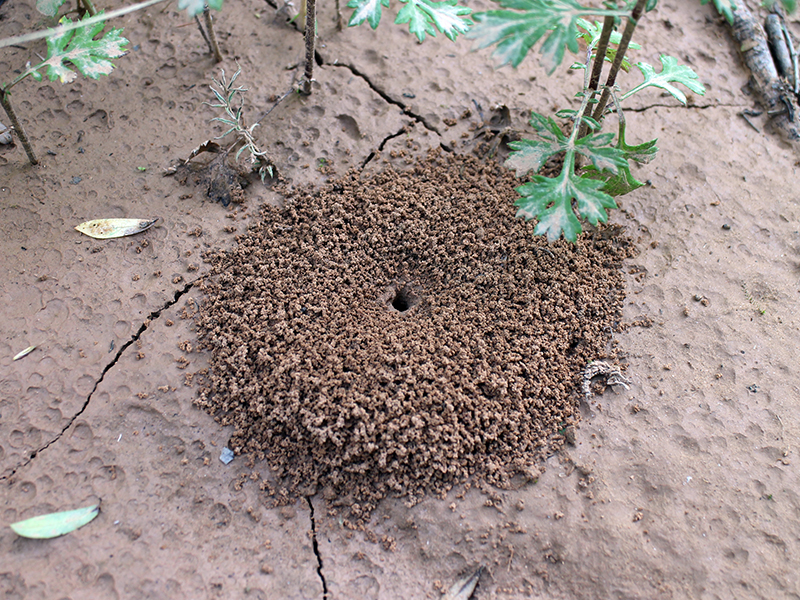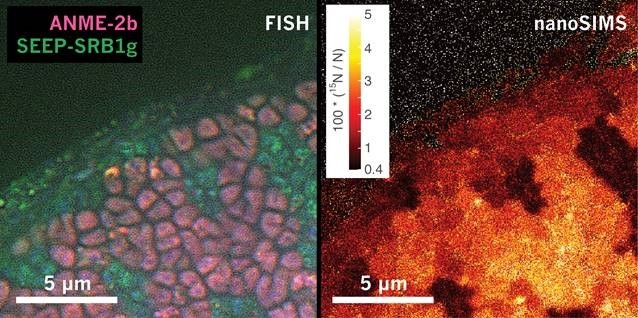Polyphenols are generally toxic to microorganisms. In peatlands, scientists thought microorganisms avoided this toxicity by degrading polyphenols using an oxygen-dependent enzyme, and thus that low-oxygen conditions inhibit microbes’ carbon cycling.

news, journals and articles from all over the world.

Polyphenols are generally toxic to microorganisms. In peatlands, scientists thought microorganisms avoided this toxicity by degrading polyphenols using an oxygen-dependent enzyme, and thus that low-oxygen conditions inhibit microbes’ carbon cycling.
Below are summaries of recent Fred Hutch Cancer Center research findings, patient stories and other news.
Researchers at Washington University in St. Louis study how to turbo charge microbial bioproduction
Almost a century ago, the discovery of antibiotics like penicillin revolutionized medicine by harnessing the natural bacteria-killing abilities of microbes. Today, a new study co-led by researchers at the Perelman School of Medicine at the University of Pennsylvania suggests that natural-product antibiotic discovery is about to accelerate into a new era, powered by artificial intelligence (AI).
Ammonia-oxidizing microorganisms (AOMs) use ammonia as an energy source while converting it to nitrite and play a pivotal role in the global nitrogen cycle. This study explored whether different AOM species preferred to use urea over ammonia. It found that some AOMs preferred urea while others used ammonia and urea simultaneously.
A Chula researcher has been successful in adding value to agricultural waste generated by industrial factories by transforming cassava waste and sewage sludge into organic fertilizer to replace the use of chemical fertilizers. He has also come up with a special formula of microbial inoculum that increases nutrients needed by plants.
Microalgae in water are responsible for roughly 50% of the photosynthesis that converts carbon dioxide from the atmosphere into organic carbon. Researchers have now quantified the activity in the microbiome associated with these microalgae to investigate how the microbiome’s members process and exchange carbon and nitrogen from algal cells. They used isotopes and high-resolution imaging mass spectrometry to quantify these exchanges at the single-cell level.
You’d think the complex flavor in a quality cup of tea would depend mainly on the tea varieties used to make it.
Like other factors such as age, sex and genetics, smoking has a major impact on immune responses.
For the first time, researchers have identified what appears to be a network of approximately 20 microbes that universally drive the decomposition of animal flesh.
Bacteriophages are common in soil ecosystems, but many of these phages and the bacteria they target have not been identified.
Empa researchers are developing a dressing containing probiotic lactobacilli. These are intended to heal chronically infected wounds by destroying persistent biofilms, the scientists report in a study published in the scientific journal Microbes and Infection.
RUDN University agronomists and colleagues from Tunisia have discovered a way to stop the spread of a phytopathogenic fungus Botrytis cinerea. It affects crops, especially tomatoes. The Trichoderma fungus and the Pseudomonas bacterium can protect the crop from this pathogen
Cornell University scientists have characterized the genome of a metal-loving bacteria with an affinity for rare earth elements. The research paves the way towards replacing the harsh chemical processing of these elements with a benign practice called biosorption.
With coral reefs worldwide undergoing unprecedented stressors due to climate change and other human pressures, a large-scale application of innovative techniques shows promise for detecting the health condition of reefs.
Berkeley Lab scientists are accelerating and streamlining the process of engineering microbes to produce important compounds with commercial-ready efficiency.
“We engineered E. coli bacteria, the most widely studied microbe, to generate electricity,” says Professor Ardemis Boghossian at EPFL. “Though there are exotic microbes that naturally produce electricity, they can only do so in the presence of specific chemicals.
New University of Oregon research will investigate how microbes found on produce affect the gut microbiome, and compare how those microbes differ between produce from a home garden versus those from the supermarket.
The findings point to possible mechanisms behind intestinal conditions like Crohn’s disease and ulcerative colitis, and also suggest avenues to develop more effective probiotics.

In a study published today, researchers successfully engineered microbes to make biological alternatives for the starting ingredients in an infinitely recyclable plastic known as poly(diketoenamine), or PDK.
Microbes have enormous potential to produce metabolites with potential industrial applications. To do so, microbes use groups of genes called biosynthetic gene clusters (BGCs) that code for the sets of necessary enzymes. Scientists have computationally predicted the products of hundreds of thousands of BGCs, but have experimentally confirmed fewer than 2,000 of them. Researchers have now developed a computational and experimental strategy to redesign BGCs and determine the natural chemical products they create.
Little is known about the ecological relationship of Vibrio bacteria with Sargassum. Evidence also is sparse as to whether vibrios colonizing plastic marine debris and Sargassum could potentially infect humans. As summer kicks off and efforts are underway to find solutions to repurpose Sargassum, could these substrates pose a triple threat to public health? Results of a study representing the first Vibrio spp. genome assembled from plastic finds Vibrio pathogens have the unique ability to “stick” to microplastics, harboring potent opportunistic pathogens.
Increasing temperature or nutrients in an ecosystem can destabilize food webs, but when temperature and nutrients increase together it can be difficult to predict the combined effects. This study examined a laboratory microbial food web consisting of bacterial prey and protist predators. It found that temperature and nutrients can alter the dynamics of microbial communities by changing how species’ abundances and average body sizes relate to each other.
UD1022, a patented beneficial bacteria, can protect alfalfa plants from fungal pathogens that cause plant disease. But plant growth-promoting bacteria like UD1022 can have a dark side and antagonize other beneficial bacteria present in soil.
A new nano-optical bioimaging technology in development at PNNL enables researchers to watch climate-bellwether microbes exchange metabolites and other essential signals.
Most methods of editing bacterial genomes use plasmids to transfer DNA between bacterial cells, but this approach isn’t always efficient in mixed microbial communities. This research instead developed a new phage-based DNA delivery tool that leverages these viruses’ ability to inject DNA into host bacteria. The researchers also used this tool to edit individual genes inside a target host organism within a living microbial community.
Leading culture collection networks in the EU and the U.S. announced today the signing of a Memorandum of Understanding to enhance their cooperation to promote microbial resources and innovation in biotechnology.
A new gene editing technique developed by University of Oregon researchers compresses what previously would have been years of work into just a few days, making new kinds of research possible in animal models.
Chula Faculty of Science has developed bioproducts to clean up oil spills in the ocean from their research on oil-eating microbes while getting ready to expand to industrial-scale production for ecological sustainability.
UC San Diego researchers describe how the microbiomes of people and the homes they live in interact and change each other.
Two Woods Hole Oceanographic Institution scientists have received prestigious Simons Early Career Investigator in Marine Microbial Ecology and Evolution Awards.
A team of scientists, engineers, and ship’s crew on the research vessel Neil Armstrong operated by the Woods Hole Oceanographic Institution (WHOI) recently collected a 38-foot-long cylindrical sediment sample from the deepest part of the Puerto Rico Trench, nearly 5 miles below the surface.
New Berkeley Lab breakthroughs: engineering chemical-producing microbes; watching enzyme reactions in real time; capturing the first image of ‘electron ice’; revealing how skyrmions really move
The surface of implants, as well as other medical devices, plays a significant role in the adsorption of oral proteins and the colonization by unwanted microorganisms (a process known as biofouling), according to a new study led by the University at Buffalo and the University of Regensburg.
Microbes have played a key role in our food and drinks – from cheese to beer – for millennia but their impact on our nutrition may soon become even more important.

The hydrothermal vent fluids from the Gorda Ridge spreading center in the northeast Pacific Ocean create a biological hub of activity in the deep sea. There, in the dark ocean, a unique food web thrives not on photosynthesis but rather on chemical energy from the venting fluids. Among the creatures having a field day feasting at the Gorda Ridge vents is a diverse assortment of microbial eukaryotes, or protists, that graze on chemosynthetic bacteria and archaea.
Steve Techtmann has won the 2021 Future Insight Prize — awarded to innovative research in health, nutrition and energy — for his food generator concept.
A recent study shows bioreactors effectively remove nitrogen over time
Microbes “breathing in rust” plays an important role in soils
ORNL story tips: Stealthy air leak detection, carbon to chemicals and recycling goes large
The study, led by Ecoss director Bruce Hungate and co-authored by many other NAU researchers, found that these predatory bacteria, which eat other bacteria, play an outsized role in how elements are stored in or released from soil.
Exposure to soil microorganisms, human health closely related

ORNL story tips: Quantum building blocks, high-pressure diamonds, wildfire ecology, quick cooling tooling and printing on the fly

Human health and ecosystems could be affected by microbes including cyanobacteria and algae that hitch rides in clouds and enter soil, lakes, oceans and other environments when it rains, according to a Rutgers co-authored study.

Soil aeration and water infiltration among benefits ants provide
Lawrence Livermore National Laboratory scientists have developed a new method for 3D printing living microbes in controlled patterns, expanding the potential for using engineered bacteria to recover rare-earth metals, clean wastewater, detect uranium and more.
These news briefs cover topics including gut microbes, tsetse flies in 3D, an energy use framework for heating and cooling, and new gravitational lensing candidates.

Sediments on the ocean floor contain large amounts of methane. Two groups of microbes work together in symbiosis to break down this methane in oxygen-deprived sediments. New research shows that both groups can fix nitrogen to satisfy their need for nutrients from methane. This helps the microbes hedge against changes in their environment.

ORNL story tips: Volcanic microbes, unbreakable bonds and flood mapping

Bacteria are likely triggering greater melting on the Greenland ice sheet, possibly increasing the island’s contribution to sea-level rise, according to Rutgers scientists. That’s because the microbes cause sunlight-absorbing sediment to clump together and accumulate in the meltwater streams, according to a Rutgers-led study – the first of its kind – in the journal Geophysical Research Letters. The findings can be incorporated in climate models, leading to more accurate predictions of melting, scientists say.